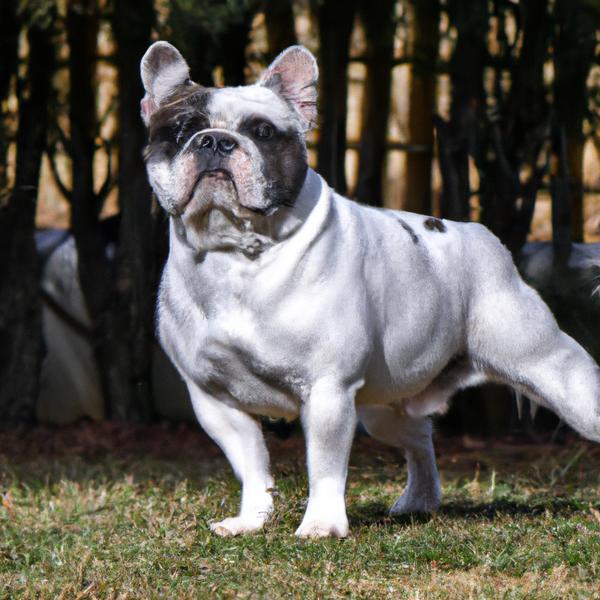French Buillon vs. Standard Ratzer: Breed Differences and Similarities
Hypoallergenic
Are French Buillons or Standard Ratzers hypoallergenic, or neither?
Unfortunately, the French Buillon is not hypoallergenic, making it not a good choice for a dog lover who suffers from pet allergies.
While no dogs are truly 100% hypoallergenic, Standard Ratzers are about as close as it gets, making them an ideal pet if you are an allergy sufferer.
Temperament
What are the personalities of French Buillon and Standard Ratzer dogs?
Playful
Happy
Energetic
Alert
Intelligent
Friendly
Affectionate
Patient
Lively
Keen
Easygoing
Athletic
Bright
Playful
Loving
Alert
Intelligent
Affectionate
Devoted
Lively
Inquisitive
Trainable
Good-natured
Shedding Level
Do French Buillons shed more than Standard Ratzers, or which breed sheds more, French Buillons or Standard Ratzers?
French Buillons are low shedding dogs, requiring minimal coat care.
Standard Ratzers are moderate shedders, but regular brushing can reduce shedding and maintain coat health.
Ancestry
What are the origins of French Buillon and Standard Ratzer breeds?
French Bulldog and Papillon
Rat Terrier, Standard Schnauzer
Date of Birth
When were French Buillon and Standard Ratzer breeds first developed?
Unknown
Eye Color Possibilites
What are the eye colors of French Buillon and Standard Ratzer dogs?
Brown
Blue
Hazel
Brown
Amber
Nose Color Possibilites
What are the natural nose colors of French Buillon and Standard Ratzer?
Black
Black
Brown
Coat Color Possibilites
What are the natural colors of the coat for French Buillon and Standard Ratzer breeds?
Fawn
Brindle
White
Cream
Black
Black
Gray
Brown
Red
Cream
Fawn
Silver
White
Pied
Sable
Brindle
Coat Length
What is the typical coat length for French Buillon and Standard Ratzer breeds?
The coat of French Buillon and Standard Ratzer dogs falls in the medium-length category.
Coat Density
What is the density of the coat of French Buillon and Standard Ratzer?
Coat Texture
What is the hair texture of French Buillon and Standard Ratzer?
Straight
Wiry
Litter Size
What is the usual litter size for French Buillon and Standard Ratzer?
A French Buillon can have a litter of 3-5 puppies on average. However, it's worth noting that the size of the litters can vary greatly. Factors that can influence litter size include the health of the mother, breeding history, and genetics.
A Standard Ratzer can have a litter of 4-8 puppies on average. However, it's worth noting that the size of the litters can vary greatly. Factors that can influence litter size include the health of the mother, breeding history, and genetics.
Adaptability
French Buillons are highly adaptable and versatile, making them excellent companions for families and individuals of all lifestyles.
Standard Ratzers are known for their adaptability and can adjust well to different environments and lifestyle changes.
Health Issues
Between French Buillon and Standard Ratzer, which breed is more prone to health problems?
While the French Buillon breed is generally healthy, occasional vet check-ups are still necessary to address any health concerns.
Standard Ratzers are susceptible to health issues like all breeds, so it's important to monitor their health and seek veterinary care when needed.
Major Concerns
What are the major health concerns for French Buillon and Standard Ratzer breeds?
Patellar Luxation
Entropion
Hip Dysplasia
Patellar Luxation
Pulmonic Stenosis
Hip And Elbow Dysplasia
Portosystemic Shunt
Occasional Tests
What occasional tests are recommended for French Buillon and Standard Ratzer breeds?
Blood Test
X-Rays
MRI
CT Scan
Ultrasound
Optical Exam
Fluorescein Test
Schirmer Tear Test
Blood Count
Eye Examination
Skin Evaluation
Blood And Urine Analysis
Diagnostic Imaging
DNA
Social Needs
French Buillon vs Standard Ratzer social needs comparison
French Buillon and Standard Ratzer have very high social needs. These needs include regular mental and physical stimulation, a job or purpose, and companionship. They thrive in environments where they have a lot of interaction with humans and other dogs.
Sleeping Need
Which of the two sleeps the most/least: French Buillon or Standard Ratzer?
French Buillons have moderate energy levels and typical sleep patterns of 12-14 hours per day.
Standard Ratzers are active and require sufficient sleep to stay healthy.
Mouthiness
Mouthiness Comparison: French Buillon vs Standard Ratzer?
Roaming urge
French Buillon vs Labrador: Running away tendency?
Prey Drive
French Buillon or Standard Ratzer - which breed has a higher level of prey drive?
Activity Level
Which breed has higher energy, French Buillons or Standard Ratzers?
Both French Buillon and Standard Ratzer are medium-energy dogs that enjoy socializing and playing with other dogs. They may engage in casual or sustained games of chase, and occasionally have bursts of barking or racing around the house.
Tolerance of being left alone
Walks per Week
How many miles should French Buillon or Standard Ratzer walk each week?
French Buillon and Standard Ratzer generally need a minimum of 6 miles of walking per week, but it can be increased as long as they are comfortable with it.
Activity per Day
Do French Buillons or Standard Ratzers require more exercise?
Both French Buillon and Standard Ratzer typically require a minimum of 60 minutes of exercise each day. The exercise can be spread throughout the day and may involve high-energy activities like walking, running, and playing.
Grooming
Which breed is easier to maintain in terms of grooming, French Buillons or Standard Ratzers?
French Buillon and Standard Ratzer are breeds of dogs that require an average amount of grooming effort.
Brushing Frequency
What is the recommended brushing frequency for French Buillon and Standard Ratzer dogs?
French Buillon should be brushed at least once a week. Of course you can give them more frequent brushes if you find that they are still shedding a lot
Ideally, Standard Ratzer should be brushed at least 2 or 3 times a week (preferably daily) improve shedding.
Brushing Tools
What brushing tools are used for French Buillons and Standard Ratzers?
Slicker Brush
Comb
Nail Clipper
Pin Brush
Dematter
Deshedder
Nail Clipper
Cups
How much food should be given to French Buillon or Standard Ratzer in cups?
For an average 5-28 pound (2 - 13 kg) French Buillon feed 1 cups daily. But, keep in mind, the amount you feed is going to be dependent on the quality of the food you are feeding.
For an average 20-30 pound (9 - 14 kg) Standard Ratzer feed 1.5 cups daily. But, keep in mind, the amount you feed is going to be dependent on the quality of the food you are feeding.
Daily Cost
Which breed has a higher daily cost, French Buillon or Standard Ratzer?
The average cost of a French Buillon is somewhere $1.10 - $1.40 per day.
The average cost of a Standard Ratzer is somewhere $1.70 - $2.20 per day.
Monthly Cost
Which breed has a higher monthly cost, French Buillon or Standard Ratzer?
The average per month expenses of a French Buillon is between $35 - $42. This makes an average of $420 - $504 per year. It will be on the higher side when the dog is still small because it will need more frequent visits to the vet, shots.
The average per month expenses of a Standard Ratzer is between $34 - $67. This makes an average of $408 - $804 per year. It will be on the higher side when the dog is still small because it will need more frequent visits to the vet, shots.
Sensitivity Level
How do French Buillon and Standard Ratzer compare in sensitivity?
French Buillons have average emotions and adapt well to different situations.
This breed is sensitive and requires gentle handling and a calm home environment.
Apartment Friendly
Which breed is more apartment-friendly: French Buillon or Standard Ratzer?
French Buillon and Standard Ratzer are apartment-friendly dog breeds. They can do perfectly well in apartments providing they are sufficiently exercised and taken out and about as part of their owner's daily lifestyle.
Child Friendly
Do French Buillons or Standard Ratzers have a friendlier temperament towards children?
French Buillons have an average level of friendliness towards children.
Standard Ratzers make excellent family pets for kids due to their gentle, protective nature and calm temperament.
Senior-friendly
Which dog is more suitable as a pet for the elderly - French Buillon or Standard Ratzer?
Cat Friendly
Do French Buillon or Standard Ratzer breeds have a better compatibility with cats?
French Buillons and Standard Ratzers are one of the best dogs for cats. They accept cats readily as part of the family. However, this dog breed should be trained to not chase after the kitty early on
Dog Friendly
Which breed is more sociable with other dogs: French Buillon or Standard Ratzer?
French Buillons are less friendly towards other dogs, but can improve with socialization.
Standard Ratzers are friendly and active companions, and can be good family pets, though their friendliness towards other dogs may vary.
Pet friendly
How do French Buillon or Standard Ratzer dogs interact with other pets?
Stranger Friendly
Which breed is more friendly with strangers: French Buillon or Standard Ratzer?
French Buillons are highly friendly around strangers.
Standard Ratzers are friendly but may bark at strangers, and training is easy due to their intelligence.
Playfulness
Which breed is more playful between French Buillon and Standard Ratzer?
French Buillon and Standard Ratzer are playful dogs. So, no matter how busy the day may get, the best thing you can do for French Buillon and Standard Ratzer is to make time each day to play. It can be as little as 15-20 minutes, and it will mean the world to them.
Trainability
How do the trainability levels of French Buillons and Standard Ratzers compare?
French Buillon and Standard Ratzer dogs are known for their ease of training and ability to learn quickly, making them a popular choice for pet owners and trainers alike.
Compare French Buillon with other breeds
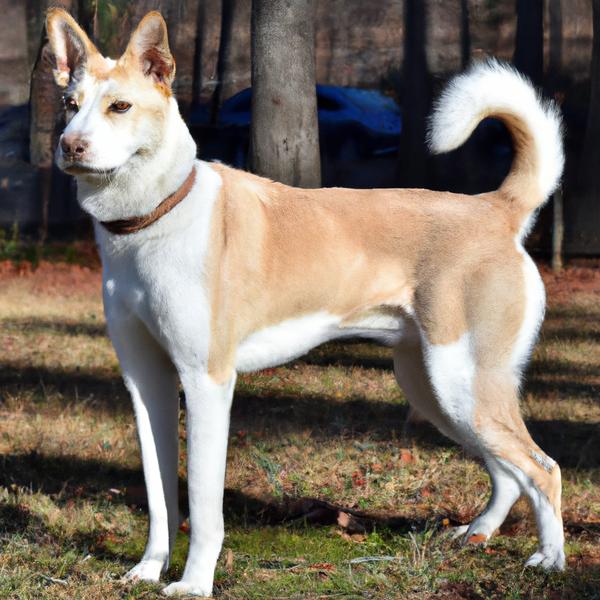
Canaan
French Buillon vs Canaan

Toy Fo-Tzu
French Buillon vs Toy Fo-Tzu
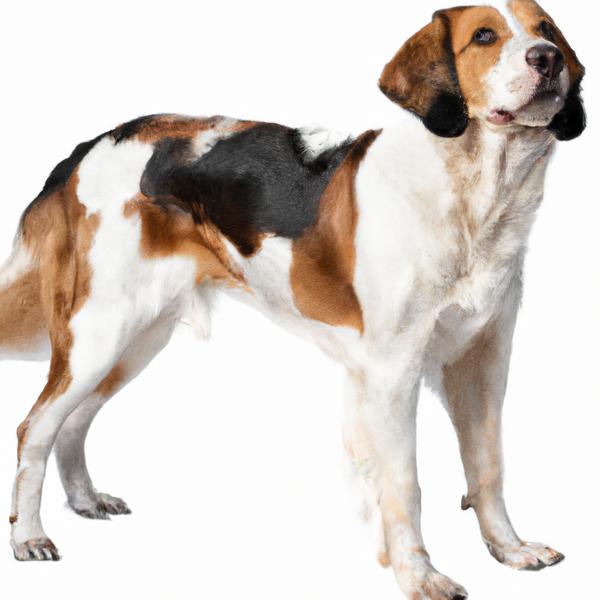
Italian Greagle
French Buillon vs Italian Greagle
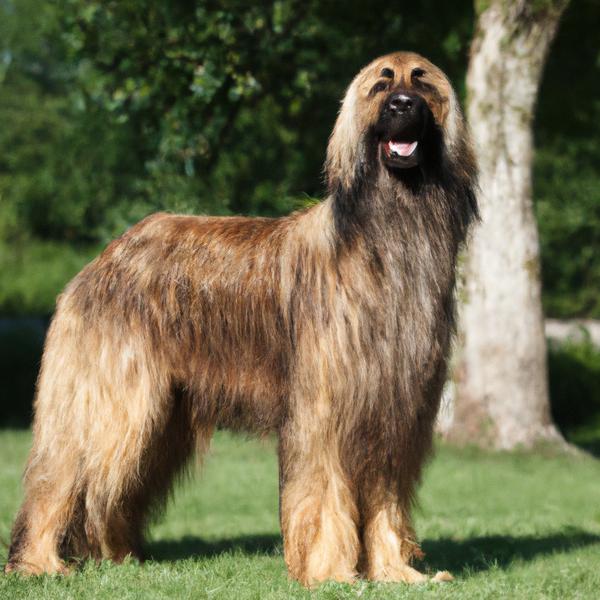
Afghan Retriever
French Buillon vs Afghan Retriever
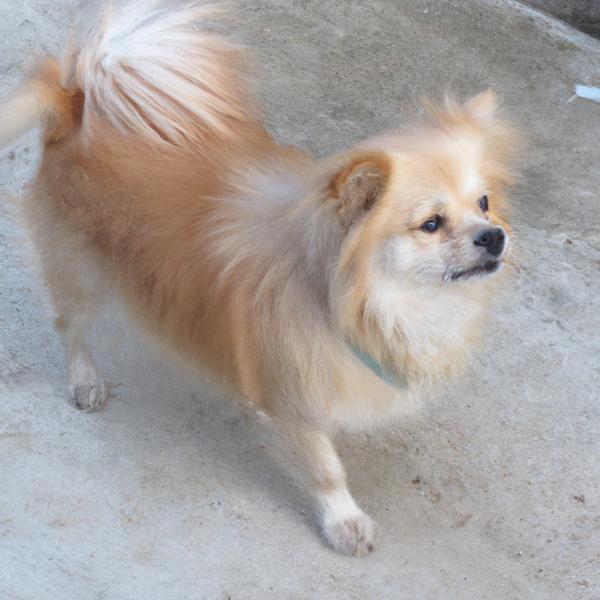
Pitchow
French Buillon vs Pitchow
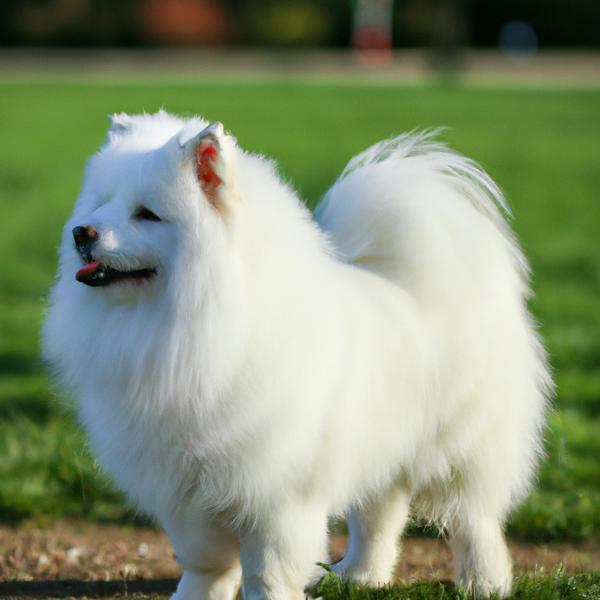
Coton Eskimo
French Buillon vs Coton Eskimo
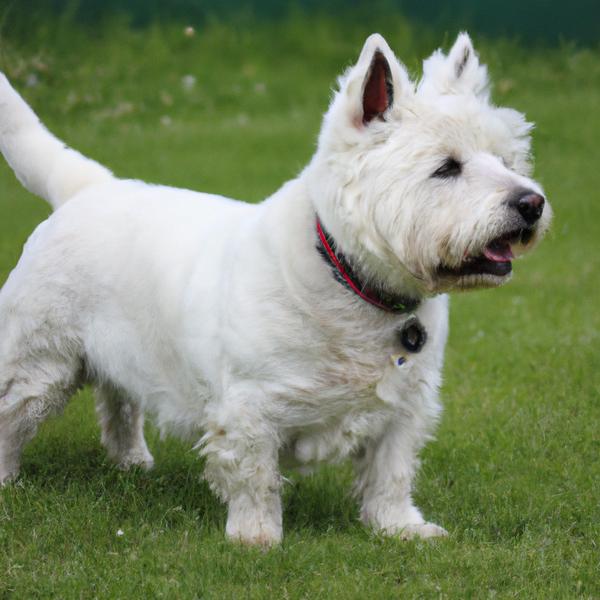
Westie Staff
French Buillon vs Westie Staff
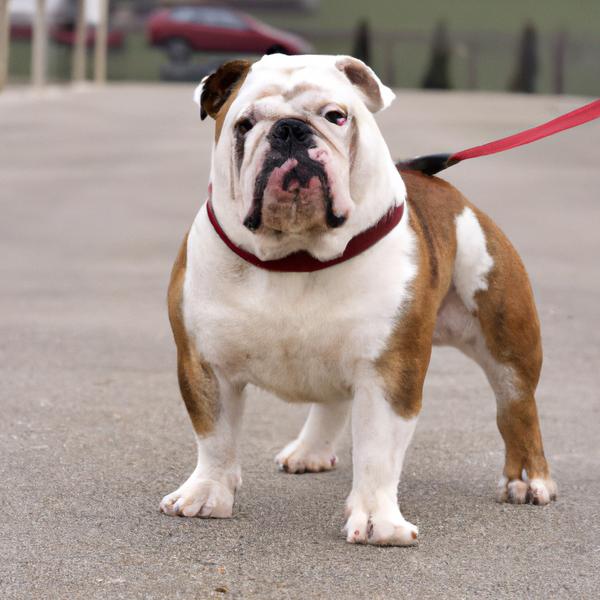
Free-Lance Bulldog
French Buillon vs Free-Lance Bulldog
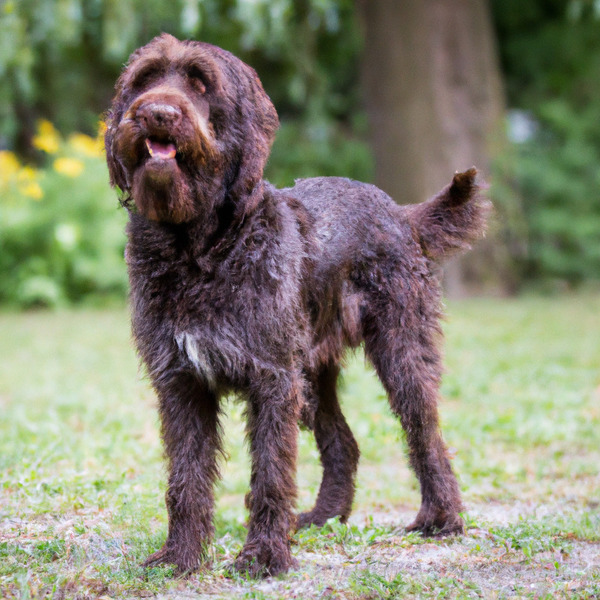
Pudelpointer
French Buillon vs Pudelpointer

Cairland Terrier
French Buillon vs Cairland Terrier
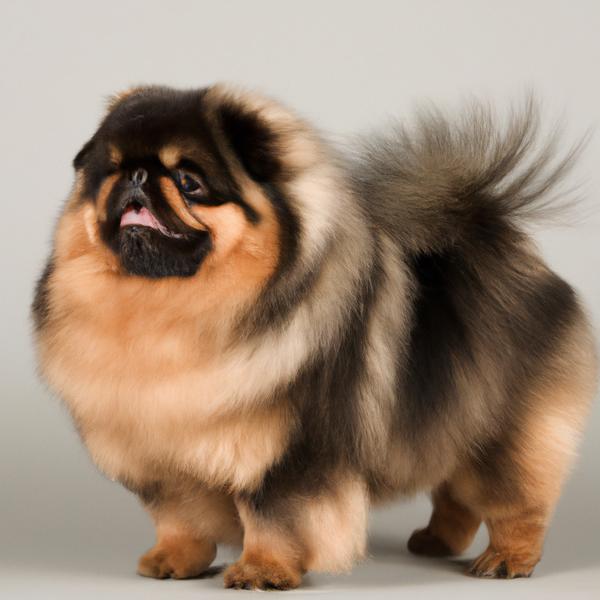
Pom-A-Pug
French Buillon vs Pom-A-Pug
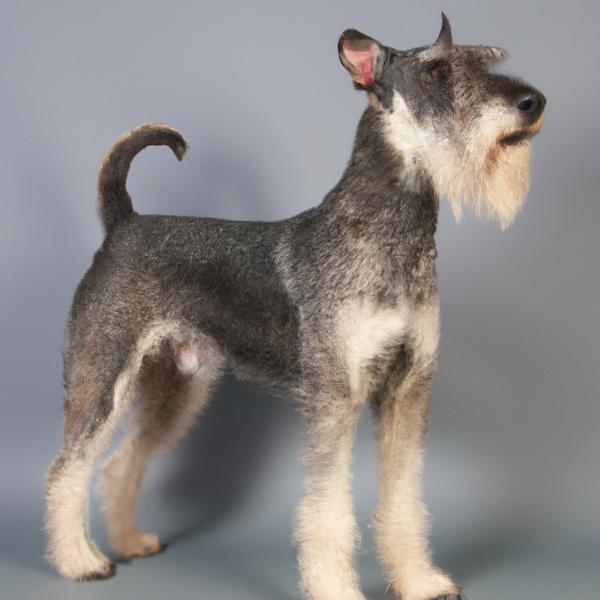
Standard Ratzer
French Buillon vs Standard Ratzer
